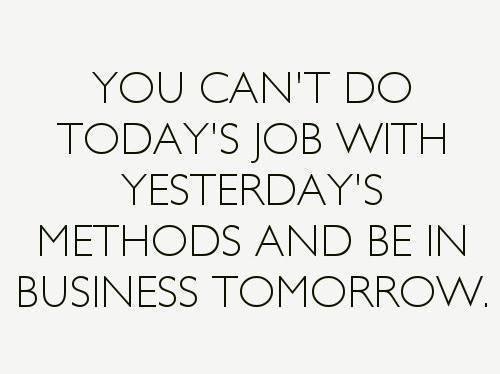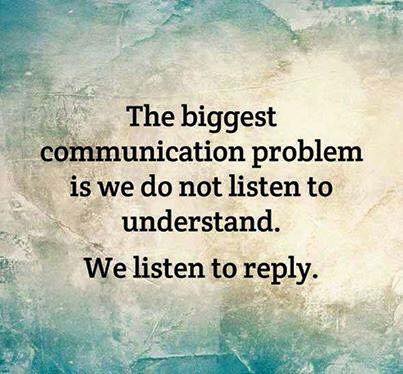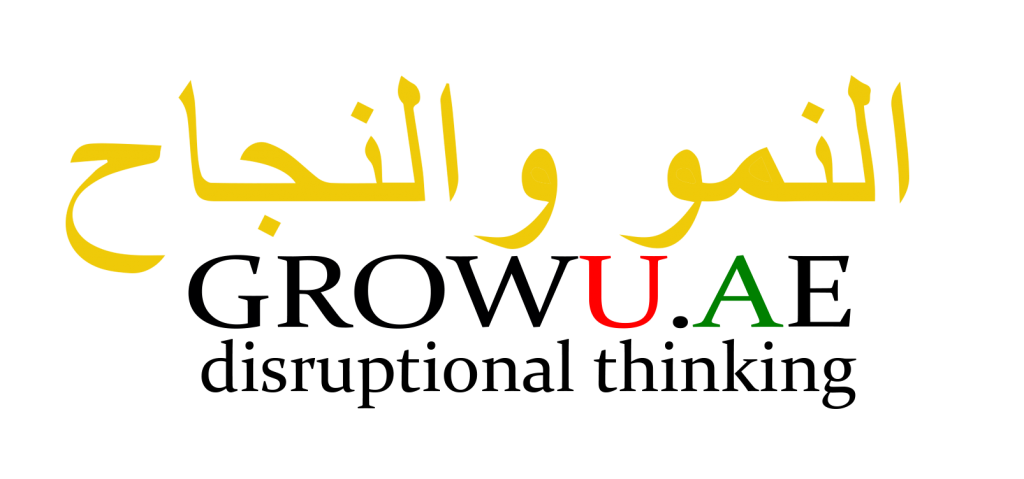Using disruption and creative thinking as a way to boost you goals and potential, is a very effective way in development, both for teams, in sales, in strategy and in business in general. Our Disruptional Workshops can be combined with our Seminars in the Desert concept.
By using creativity and disruption as the angle in coaching and sparring – we connects thoughts and 360 degrees considerations to secure an even stronger concept, project and/or business case, where both you and eg, the rest of a team is active players and contributors.
We can deliver both single coaching and sparring sessions, but we prefer and recommend to use the disruptional thinking process in a longer effort and project.
Disruptional thinking as a process tool
One of the major hurdles in effective optimization and development in the companies’ processes, is partly to create commitment among the employees and teams where changes must take place, and to ensure that the everyday implementation and anchoring happens successfully.
A third important key is, of course, that these are the right initiatives, and the right way to look at the challenges and development opportunities.
These 3 areas and elements can you assure and process by changing your approach to creative and disruptional thinking. And what is it then?
Disruptional thinking as a process tool, can be seen as the ability to ask stupid questions. The right stupid questions, of course – the questions that make yourself and others view opportunities and working methods from a different angle and in a different light than it has been previously. It creates a creative approach, that creates an “enlightened” and well-thought-out process, where the participants have “each their” motivated and enlightened approach.
But how?
Let’s start with why instead… to take this approach, where everyone agrees, to play the devil’s advocate at once, then you also get far more roads to follow, far more elements you can work on – and they are emerged from the group and from several “levels”. That means that far more people take ownership of the process because it is “their own” ideas. At the same time, you are much more likely to find the most low-hanging fruits to work on – so you both create quick results, and create the feeling of success – and thus the desire to work on the heavier parts of the process afterwards.

So now to “how”…I always recommend that any process starts with involvement – and this can easily be done at a team or four-night meeting, or at a short workshop, with a duration of 2-3 hours (max). Here, an introduction to the process is given, and a facilitator (preferably neutral and external), starts the process of asking the first “stupid questions”. Now the flow is running, and the creative process has started, and now all the great ideas just have to be picked up, prioritized – and then a plan must be made for each one.
Whether you want to use the process to create improvements in the sales department, savings in purchasing, better processes in production, cultural changes or something completely different – We are happy to take part in the task. So let’s either start with a cup of coffee or a workshop where we are the “the neutral facilitator”.
Ask the stupid questions – A creative path to the right answers and opportunities!
And we jump right to the “why”. Why are “stupid questions” valuable to me?
They are because “stupid questions” opens up the minds of those who ask the question – but also of us when we have to answer. So while a question may seem obvious, it forces us to think about it and answer. This means that we give an idea an extra “turn” in the thought process, and thus optimize the possibilities that the idea is the right one – and best case, then we achieve improvements to the idea.
So in addition to the fact that we, with greater certainty, continue to work with the right ideas and decisions, we also involve more people in the process, and thus more people who feel that they have been given an “imprint” in the process. The latter ensures that there are more who will work motivated and engaged in the subsequent process.
So “stupid questions” give you even better ideas and decisions that are better tested and improved – and in addition more ambassadors and colleagues who will work motivated to achieve goals.
How do we do that then?
The framework is of course important, as we must both ensure a good structure, but also ensure that we collect all the great ideas and objections – and not least remember that those who participate must also feel and see that their input is used in the process – as we otherwise may risk being left with the opposite effect.
It is important that we have an experienced facilitatorr. A facilitator who both ensures professional input, ensures that the process steers in the right direction in relation to the task / goal and in addition can manage to get the full potential out of the “workshop”, by engaging and activating the knowledge, the questions and the thoughts who are in among those involved. The person must be “neutral”, and preferably an external, so that it is “not just” someone from the management who now has to get something out of the employees.

Set aside 2-3 hours, if necessary. Eg. as a four-night meeting, or as part of an employee event. The first step of the process, “the stupid questions”, should not take longer, as creativity and energy, will decrease thereafter.
The “stupid questions” help to ensure that everyone feels part of the team, and everyone has an understanding of where we are going. The conductor/facilitator has thus taken on the “role” as the one who asks the stupid questions from the beginning, and thus legitimizes others to dare to ask.
When the leaders feel that everyone is involved, and there is a common understanding and motivation for the goal and the process, then we go to the next phase. We now need to define the way to reach the goal, set sub-goals and set plans and responsibilities to get there. We do this by throwing all the ideas up in the air, and then jointly juggling them in a priority order.
Thus, we are now ready to work on the next steps in the process, which is about working further with the low-hanging fruit in development. And here we continue to use the “stupid questions”, to constantly ensure effect and involvement…
Why should we go for the low-hanging fruit?
That we find some low-hanging fruit to use as sub-goals ensures us 2 things. Firstly, it ensures that we very quickly create results on the way towards the overall goal – whether this be better sales, better earnings, fewer sick days, better implementation, new strategy or something else. In addition, it ensures that momentum, commitment and desire are maintained among the participants / colleagues to work further. They have now experienced rapid success, and are quickly ready for the next “low-hanging fruit”.
So an example could be that a company would like to have improved production and delivery processes. We thereby use our method for this.
All employees / participants now have the opportunity to come up with ideas and thoughts on how this can be created and realised – seen from their place in the organization. And no questions are stupid – because these have already been asked by the facilitator, thus legitimizing the creative process for everyone.
The thoughts and ideas are now written on a board, and shuffled around, according to where they can stand in the process. Inputs are prioritized on an ongoing basis, some are “merged” and refined.
In the process, the questions will be the way we “pressure test” our ideas and thoughts. So every time we come up with something out of the ordinary, then they have to re-think their position.
During the process, the facilitator then selects the person(s) to be appointed as “ambassadors” in the future. The people the facilitator can see create ideas and can gather others around themselves and the idea. At the end of the workshop, these people will then be given responsibility for helping to work further with the sub-elements that suited the individual the most.
Before the first workshop is over, we now have a number of ideas and thoughts to work on. But most importantly, we have selected the few that will initially be worked on with… the low-hanging fruits. And those responsible and deadlines have been set for them.
The organization is now involved in a process that they have helped to define themselves.
If you want more input on how such a process can be run, and how we recommend it, feel free to contact us, we would of course also really like to give a presentation on where and how we could be considered in the process, to create added value.
A process/project could look as followed, over a 6-8 weeks period:
2 coaching/sparring seminars/sessions at 3 hours (one in week 1, and one in last week)
2 workshops at 5 hours with you and the team, within 3-5 weeks
3-4 follow ups through skype, botim or phone.
Price: AED 16.995
Further sessions:
Coaching/sparring sessions (3 hours): AED 2.995,-
Workshop/seminar (5 hours): AED 5.995,-
*If in addition to a 6-8 week process, you will get 50% discount on the sessions/seminars added.
All services is excl. VAT and transportation etc.
See more about our Seminars in the Desert, High Performance Teams and DiSC, which we use as an element of learning, cooperation and training.




